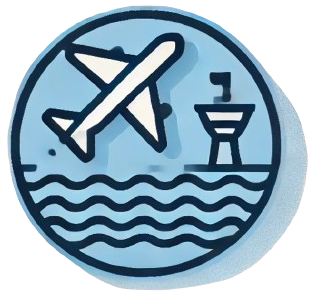The Blue Angels
The Blue Angels, the United States Navy’s premier flight demonstration squadron, are well known for their daring aerial performances and the stunning precision of their flight maneuvers. Over the years, the type of aircraft they use has evolved, providing the Blue Angels with the technological advancements necessary for their spectacular shows. Currently, they are transitioning from the McDonnell Douglas F/A-18A Hornet to the F/A-18E Super Hornet, a change that marks a new chapter for this iconic squadron.
The Aircraft Evolution: From Hornets to Super Hornets
The Blue Angels adopted the F/A-18A Hornet in 1986, and this aircraft has since become synonymous with their demonstrations. The Hornet’s versatility, agility, and speed made it an excellent choice for showcasing the team’s impressive flying skills. However, as technology has progressed and the need for updated capabilities has arisen, the Blue Angels decided to phase out the legacy Hornets. Starting with the 2021 show season, the squadron began flying the F/A-18E Super Hornet, which features enhanced avionics, improved fuel efficiency, and greater payload capacity. This upgrade not only modernizes their fleet but also ensures that the Blue Angels remain at the forefront of military aerobatic performances.
Comparing the Blue Angels and Thunderbirds
When discussing elite aerial teams, the Blue Angels and the Thunderbirds often come up in conversation. While both teams are highly skilled and showcase impressive aerial displays, they fly different aircraft. The Thunderbirds operate the F-16C Fighting Falcon, a highly maneuverable single-engine jet that excels in air superiority and precision flying. In contrast, the Blue Angels utilize both the F/A-18 Hornets and Super Hornets, which are twin-engine jets designed for carrier operations and capable of both air-to-air and air-to-ground missions. This difference in aircraft contributes to the distinct styles and maneuvers displayed by each team during their performances.
Compensation for Blue Angel Pilots
Being a Blue Angel pilot is not just about thrill-seeking and fame; it also comes with a dedicated professional commitment and substantial financial compensation. As of September 2025, the average annual salary for a Blue Angel pilot is approximately $130,916. Breaking this down, it translates to:
- Hourly Rate: $62.94
- Weekly Salary: $2,517
- Monthly Salary: $10,909
This compensation reflects both the high level of skill required to perform at such a level and the demanding nature of the job, which includes extensive training and show preparation.
A Global Perspective: The Blue Angels and the Red Arrows
Another comparison often made is between the Blue Angels and the Royal Air Force’s Red Arrows. Both teams are celebrated for their precision flying and captivating shows, but they also operate different types of aircraft. The Red Arrows fly single-engine trainer jets, which are designed for training rather than combat. In contrast, the Blue Angels fly combat-proven aircraft that have been usefully adapted for demonstration flights. This distinction gives the Blue Angels certain advantages in terms of speed, agility, and overall performance during their demonstrations.
In conclusion, the Blue Angels not only represent the best of naval aviation but also adapt and evolve with their choice of aircraft. With their recent switch to the F/A-18E Super Hornets, the squadron is poised to continue captivating audiences with extraordinary feats of flight for years to come. Whether compared to other elite teams or evaluated for their financial compensation, the Blue Angels continue to stand out as a symbol of precision, teamwork, and aerial excellence.
